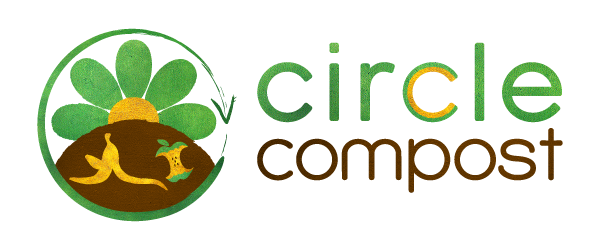We feel gratified about the work we do and we hope our customers appreciate our ability to lessen their carbon footprints. But we’re not satisfied just knowing we’re diverting lots and lots of materials from landfills. We want to know exactly (or as close to) how much we’re contributing to the fight against climate change and I think our customers do too. That’s why I’m proud, as Chief Sustainability Officer, to lead our efforts in recording the weights of the organics we collect. I’ve always enjoyed statistics, which is probably why baseball is my favorite sport, and perhaps my favorite part of the job is coming up with ways to record them. We track two main categories of stats: customer and employee. In addition to learning how much we’ve collected, recording weights helps with logistics and planning. At the end of the year, we will release a report detailing what we’ve accomplished. What do I mean by this? Let’s get into the stats.
First, there is the total weight, which is the precursor to all stats in the customer category. On some routes, we weigh each bucket (or paper bag when possible) and record the numbers. Each bucket weighs about 1.62 pounds, so we subtract that from the total bucket weight. On other routes we currently estimate total weights collected per route, but we expect that soon we’ll have the ability to weigh the total amount collected on every route upon conclusion of each route.
From there, we determine how much compost can be made. Generally, we would assume the amount of compost created is half the weight of what we collect, as microorganisms and heat shrink the materials. Next, I calculate how much carbon dioxide is avoided by using the US Composting Council’s reasoning that “in a landfill, food can produce the equivalent of 12 metric tons of CO2 for every dry metric ton of waste. Since food scraps are roughly 80% moisture, that equals about 2.6 tons on a wet weight basis.” Thus, the formula is pounds collected x 2.6 = lbs of CO2 emissions avoided.
Accounting for collected weights is also important to our operations. We track how much goes into each bin at our composting sites to estimate when they will be filled and how much compost the gardens and farms will receive. It’s also helpful to our cyclists to know how much they’re carrying to determine the capacity they can haul and about how long their routes should take. Using the Runkeeper app, I record the duration of our routes. Furthermore, I track mileage to determine how much carbon dioxide is avoided compared to if I did the route via automobile. The formula I use is 1.1 pounds of CO2 per mile, assuming my car gets 21 MPG, multiplied by how many miles traveled. I also use the app to track calories burned as a way to personally see the health benefits achieved on these trips. To date, I’ve ridden over 550 miles and burned over 33,000 calories! I also record how many pickups I make and who and how many customers do not leave their buckets out on pickup day in order to determine who needs the most reminding and what methods are required to get that number down. I have made over 700 pickups so far.
On days when the weather makes conditions dangerous to ride my bike, I am forced to drive. I keep track of the mileage and will calculate the emissions for my year-end report. I will determine what actions we can take to mitigate these impacts, which may include planting trees and vegetation and calculating their carbon sequestration abilities.
Keeping these records allows us to show the impact our operations and customers are making on the planet, both positive and negative. We believe transparency is crucial to the mission of sustainability and we look forward to sharing our numbers with the world.


Leave a Reply
Your email is safe with us.
You must be logged in to post a comment.